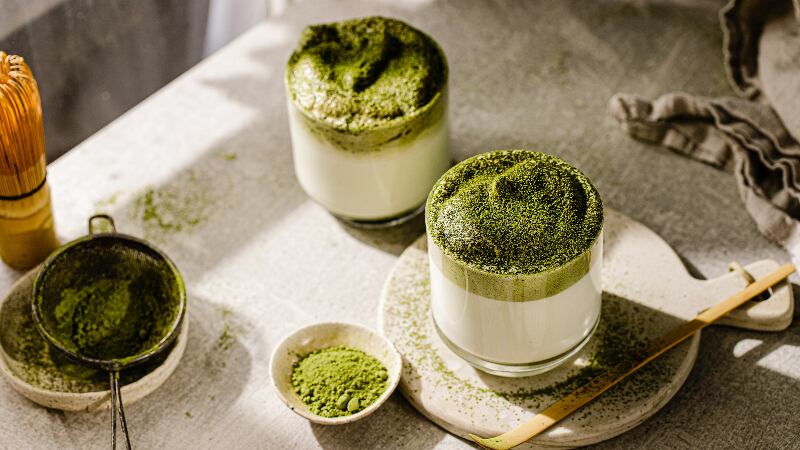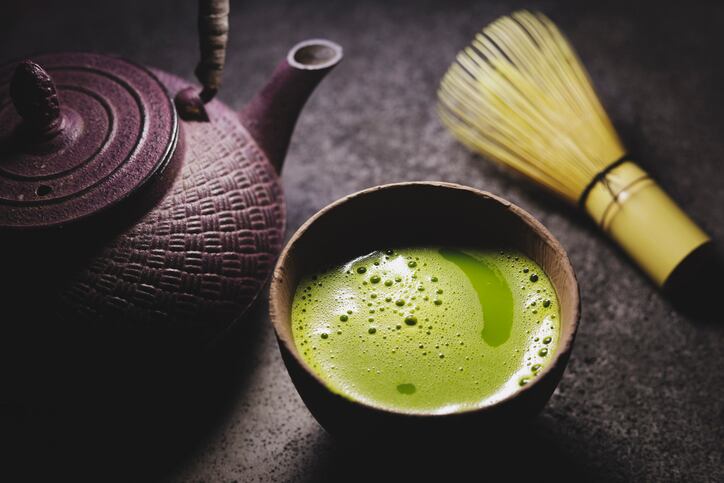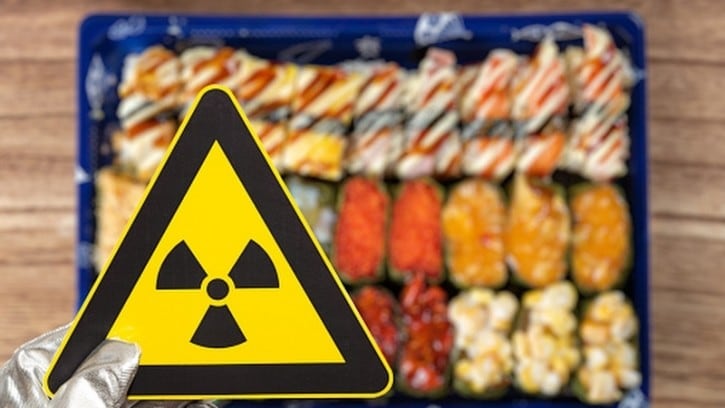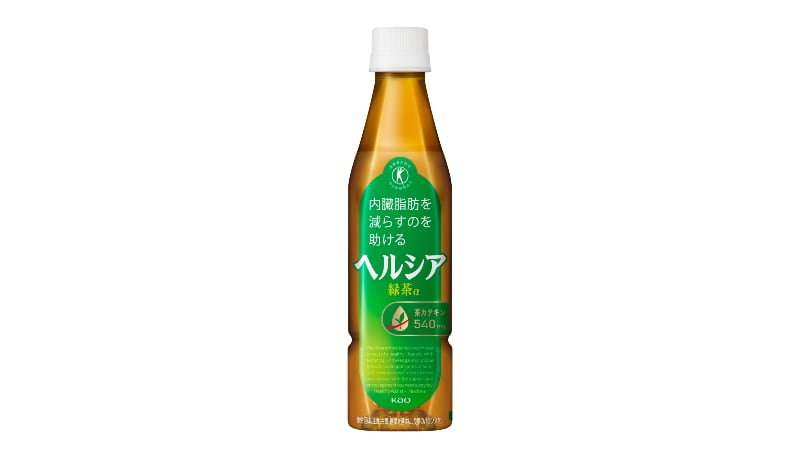In operations for over 130 years, Aiya is a leading matcha producer with offices around the world, including China, Thailand, England, Germany, France and Austria.
The firm made its entry into Middle East five years ago, at a time where matcha was relatively unknown in the region.
“We are working on this market on a long-term strategy. Just two years ago, I had to explain what matcha is during the Gulfood trade show. Today, people are looking for matcha. They now know that it’s healthy and good for them, which is good for our business.
“Our aim is to bring matcha into every supermarket, every coffee shop, and every home. We strongly believe that matcha is the healthiest of all teas, having 10 to 15 times more nutrients than regular green tea,” Thomas Gromer, CEO of Aiya Europe, told FoodNavigator-Asia.
At the moment, Aiya is predominantly focusing on B2B sales channels, such as food service companies, juice bars, cafes and restaurants.
“When people experience a new drink and they like it, they would want to have it at home. That’s when we take the second step to do B2C. We have a range of tea latte mixes, which you can simply add milk of your choice and enjoy it at home. These ready mix products are very convenient.”
Gromer admitted that there is still “a big difference” in the awareness of matcha among consumers in the Middle East, compared to those in Asian countries like Singapore, Taiwan and South Korea. This signifies opportunities for growth in the region.
“These countries are early adopters. What is new in the Middle East today was probably new in Singapore 15 years ago. In Asia, you can easily find things like matcha ice cream and matcha chocolate, but there is nothing like that in the Middle East. It’s still novel here, and it is something that will develop progressively.
“We have also seen rising demand for matcha in food applications. For example, there are many coffee shops in Singapore that serve matcha latte. In Malaysia and Thailand, there is very high density of bubble tea shops, where you can find matcha beverages.”
Another difference between consumers in Asia and those in the Middle East, Europe, and the US is the purchase driver, according to Gromer.
“Taste and flavour is a key driving factor in Asia, whereas health benefits play a bigger role in raising the appeal of matcha to consumers in non-Asian countries.
“This is why the markets develop very differently, and also why we usually start selling in organic and healthy food stores first [in the Middle East], before going to supermarkets etc. People who buy from these stores tend to be more health-conscious.”
Demand for Japanese matcha
While China has been catching up as a matcha-producing market in recent years, Gromer claimed that there remains strong demand for Japanese matcha, especially in Asia.
“We found that people would ask if the matcha is from Japan [before purchasing]. At this year’s Gulfood, there were many interested parties who told us that the demand for matcha is growing in India and that they are looking for Japanese matcha suppliers.
“Another example is Thailand, where the people really love matcha. Although the income level of Thai consumers may be lower than that of countries like Japan, they are willing to pay for quality. They like products with attractive prices, but they are also looking for quality.”
Additionally, Gromer shared that the increasing demand can also be seen in other South East Asian markets, such as Indonesia and Vietnam.





